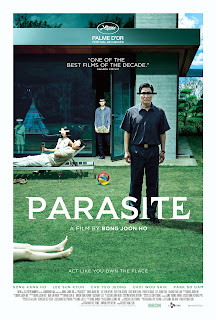Genre Research Blog- Thriller
Thriller genre films usually tend to overlap several elements from other genres. These elements can come from crime, horror, and detective fiction genres. Thriller films have certain camera angles. For example, high angled/birds eye view, which may be used to give the effect that whoever is being looked down on is vulnerable, and unable to fight back whatever the problem may be. Close up shots may be used to show character reactions, often shock, anger, or sorrow. Tracking or panning shots typically are used to give the impression that the subject is being followed or watched. It may help to build tension or suspense, and gives the audience a little more context of the surroundings and as to what exactly is happening. Tilted angles add drama, and some kind of tension to a scene. The awkwardness of the position of the camera creates an unnerving feel, as it could be the POV of something unknown or dangerous. Low angle shots are extremely common, and are used to convey the message that the subject in the moment is very intimidating and powerful. It creates a factor of fear and anxiety that shows whoever is looking up at the subject is weak and powerless. In thriller genre films, lighting tends to be warm or dark. Low key lighting generally tends to be used to create distinct shadows and contrast, to make a menacing tone. Another common type of lightning used is under lighting. This type of lighting creates an effect that removes harsh shadows and makes it easier to see the character's face. Back lighting is also used often in thrillers. It's quite self explanatory, the light is placed behind the character, creating a silhouette. The whole purpose of this is to create mystery on who the character is. It conceals the character's identity to build more suspense. Another very common element of thriller films that I personally like is plot twists. If done correctly, plot twists can be amazing and leave viewers on epic cliffhangers that leave them wanting more.


Comments
Post a Comment